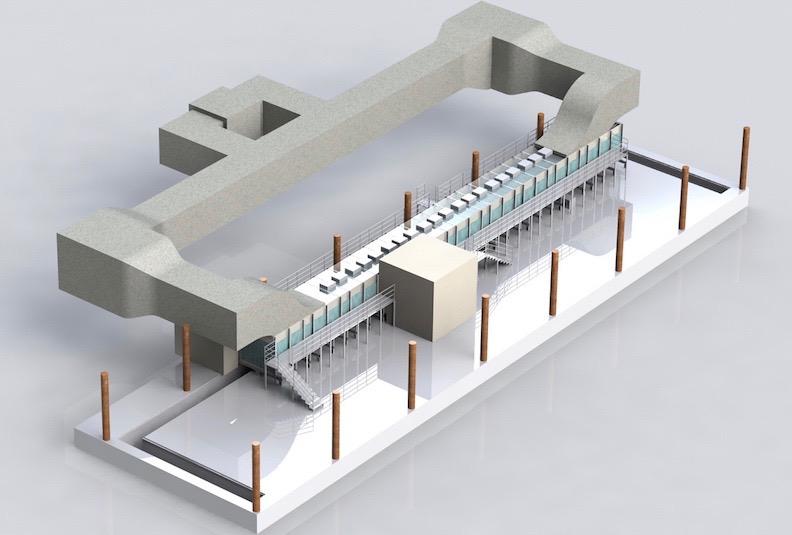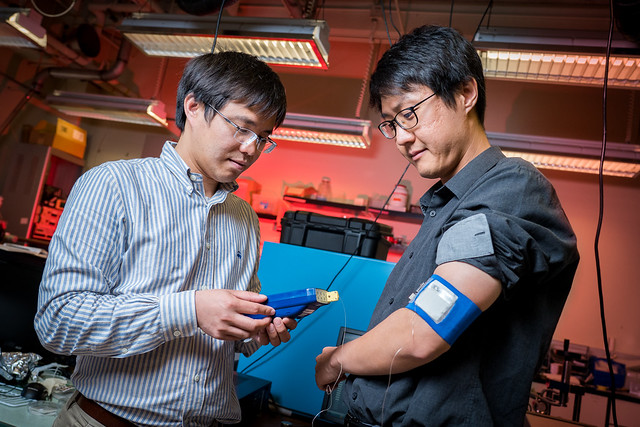Daily Business Report-Nov. 9, 2017
Rendering of SOARS instrument for replicating ocean-atmosphere systems in laboratory setting. (Courtesy of Scripps Institution of Oceanography)
National Science Foundation Awards Scripps
Oceanography $2.8 Million to Develop
Advanced Ocean and Atmosphere Simulator
The National Science Foundation has awarded $2.8 million to the University of California San Diego to construct a replica ocean-atmosphere system on the Scripps Institution of Oceanography campus.
The new Scripps Ocean Atmosphere Research Simulator (SOARS) will mimic the ocean with unprecedented accuracy, capturing the interactions of wind, waves, microbial marine life, and chemistry at the sea surface in a laboratory setting. With SOARS, scientists will also explore how the introduction of pollutants by human activities are changing the chemistry of the ocean and atmosphere which could impact one way nature regulates climate.
Scientists will be able to generate winds up to 50 kilometers (31 miles) per hour, control air and water temperature to replicate tropical to polar conditions, and induce phytoplankton blooms of a wide array of species, while adding inputs such as air pollutants including greenhouse gases for studies of potential climate change effects in current and future oceans and atmospheres.
“It is the only instrument in the world capable of studying the current and future ocean/atmosphere system and
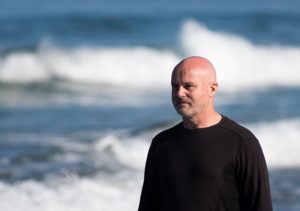
a testament to 21st century science,” said project principal investigator Grant Deane, a Scripps research oceanographer. “We are building the tools we need to understand our changing planet and educate the next generation of scientists and engineers in whole earth science.”
The science team behind SOARS includes an atmospheric chemist, a microbiologist, and three physical oceanographers. The experiments planned for the facility are similarly broad and interdisciplinary.
“Research at this new facility will lead to an understanding of how pollutants and higher carbon dioxide levels affect marine animals and plants, cloud formation, and, ultimately, us,” said Rick Murray, director of the NSF’s Division of Ocean Sciences, which awarded the grant. “Through these studies, scientists will simulate how ocean ecosystems from the polar regions to the offshore California Current may respond to future environmental conditions.”
For project co-principal investigator Kim Prather, who directs the NSF Center for Aerosol Impacts on Chemistry of the Environment (CAICE) at UC San Diego, SOARS will enable more detailed study of aerosols, particles composed of sea salts, organic matter, viruses, and bacteria that are ejected from the ocean surface when waves break and winds blow. Such particles directly seed and form clouds. Sea spray aerosols and gases emitted from the ocean can change the properties of clouds which changes the temperature of the planet. Aerosol-clouds interactions are considered to be the most difficult variables in climate to understand.
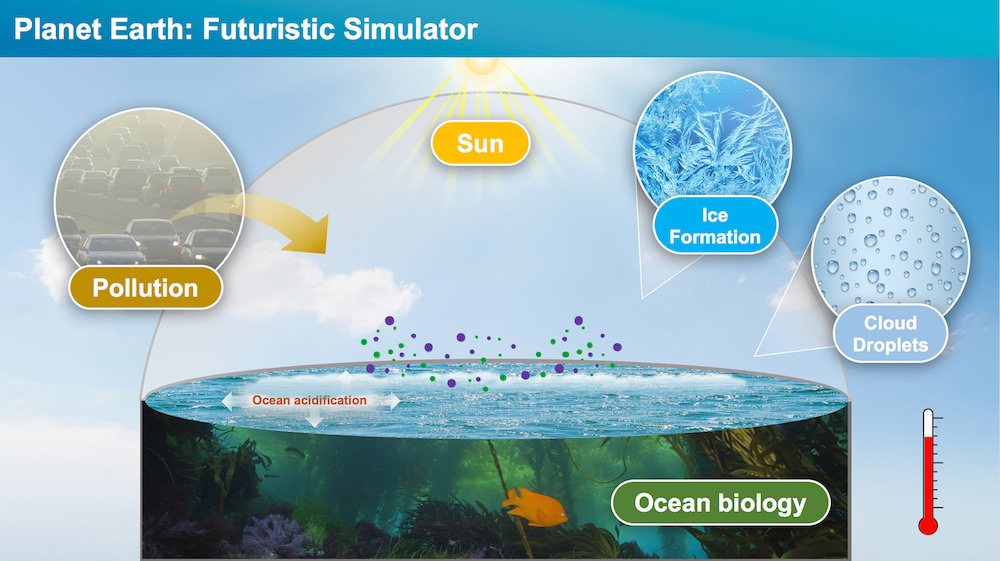
“Futuristic scenarios can be tested by increasing atmospheric CO2 and pollutant concentrations and studying how these would lead to changes in ocean acidity and the associated biological responses and emissions,” said Prather, the Distinguished Chair in Atmospheric Chemistry and a faculty member at Scripps and UC San Diego’s Department of Chemistry and Biochemistry. “Sunlight and sea surface pollutants could interact to create new species of gases and aerosols that could be re-introduced into the atmosphere as toxins that could have potential health effects. SOARS will open the doors for science in the exploration of future as well as prehistoric scenarios that will allow scientists to sort out human-natural interactions at a level that cannot be achieved in the real world.”
Another project co-principal investigator, Scripps microbiologist Farooq Azam, said SOARS could lead to improved understanding of the ocean food web.
“The rigorously simulated and controlled ocean-atmosphere boundary layer, enabled by SOARS, should help address fundamental questions on the ecology of microbes at the air-sea interface which is important for predicting the future state of the ocean-atmosphere system,” said Azam. “Further, the powerful capability of SOARS to simulate different controlled ecosystem scenarios will help us understand the mechanisms of variability in the structure and ecosystem function of the microbial food web and significance for carbon cycle and climate change.”
SOARS represents the evolution of Scripps’ environmental simulation equipment. For nearly 50 years Scripps scientists had been using tanks to generate waves and replicate some ocean processes in the laboratory. The new instrument will continue experiments in fluid dynamics, physical oceanography, and marine engineering.
The total cost of SOARS is $4 million, with $1.2 million provided by Scripps. Design of the instrument has begun with experiments scheduled to begin in 2021. It will occupy the site of an existing wave flume in the Hydraulics Laboratory at Scripps. That flume is scheduled to be decommissioned in 2018.
_________________
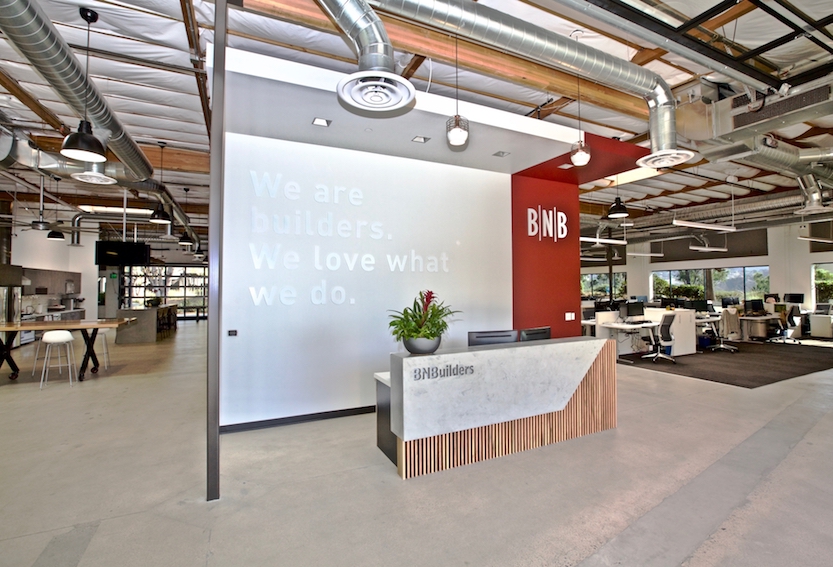
BNBuilders Moves to New Office
BNBuilders has moved to a new office in San Diego. The company is now located at 5825 Oberlin Drive, Suite 1 in the Sorrento Valley neighborhood.
BNBuilders’ new 10,000-square-foot office was designed by Ware Malcomb. The space is arranged into professional and creative office environments. With smaller workstations and no private offices, more square footage is allocated to break out areas and meeting spaces to foster teamwork and a supportive corporate culture.
Exposed ceilings, concrete floors, and glass roll-up doors provide an industrial feel and connect the interior and outdoor workspaces. There are also electric vehicle charging stations, bicycle stands, showers and lockers, shuffleboard, and a Kegerator featuring beer, cold brew coffee, and kombucha. The space also features raw construction materials, refined photography, and a High-Five Lounge
_________________
Move-In Costs for the Delayed
Downtown Courthouse Escalate
As San Diego Superior Court officials begin final preparations for the long-delayed move into the new, 22-story courthouse Downtown, they will also have to plan to get ready for a few more bills to pay. Though the $555 million cost for the building at Union Street and C Street was paid for via a special assessment on court filings, the actual costs of moving into the facility aren’t covered by those fees. Instead, the local court has to pay for it. It could cost anywhere between $140,000 and $300,000. San Diego Union-Tribune
_________________
Cubic Gets $3 Million Contract Extension
for North County Transit District Work
Executive Biz
Cubic’s transportation systems business has received a five-year, $3 million contract extension to help the North County Transit District maintain automated ticketing machines and platform validators.
NCTD serves as a regional partner for the Cubic-designed Compass fare payment system being used throughout San Diego County, the company said.
The company has supported maintenance of NCTD’s Compass Card processing systems for the COASTER and SPRINTER passenger rail transportation services since 2013.
Cubic also helped the local transit agency manage Compass Card transactions across ticket office terminals.
_________________
Cubic to Demo Air Combat Training
Platforms at Dubai Airshow
ExecutiveBiz
Cubic’s global defense unit will showcase air combat training systems at the biennial Dubai Airshow on Nov. 12 to 16 at the Dubai Airshow site in the United Arab Emirates.
The company will present various technologies and concepts including the Bandit Board tactical training system, P5 Combat Training System, Range Modernization and Integration, Secure Air Combat Maneuvering Instrumentation and Secure Live, Virtual and Constructive training systems.
Dave Buss, president of Cubic Global Defense, said the Dubai Airshow provides the company with an opportunity to demonstrate air combat training systems designed to prepare military allies for future missions.
Cubic noted the air combat training systems were built to offer tactical proficiency and mission readiness capacities for aircrews.
_________________
Personnel Announcements
Tracy Burgett Promoted at Dowling & Yahnke

Dowling & Yahnke LLC, a San Diego-based wealth advisory firm, has promoted Tracy Burgett to director of financial planning.
Burgett joined Dowling & Yahnke in 2014 as a financial planner. During that time, she added to her knowledge by earning the Certified Private Wealth Advisor (CPWA) designation. Burgett also plays an integral role in the firm’s Marketing and Compliance Committees.
Prior to joining Dowling & Yahnke, Burgett worked for several years at a San Diego wealth advisory firm as a financial planner and as the operations manager.

